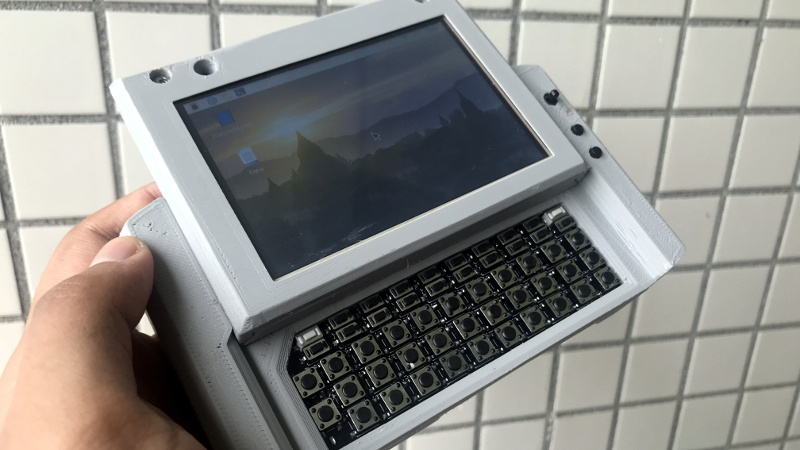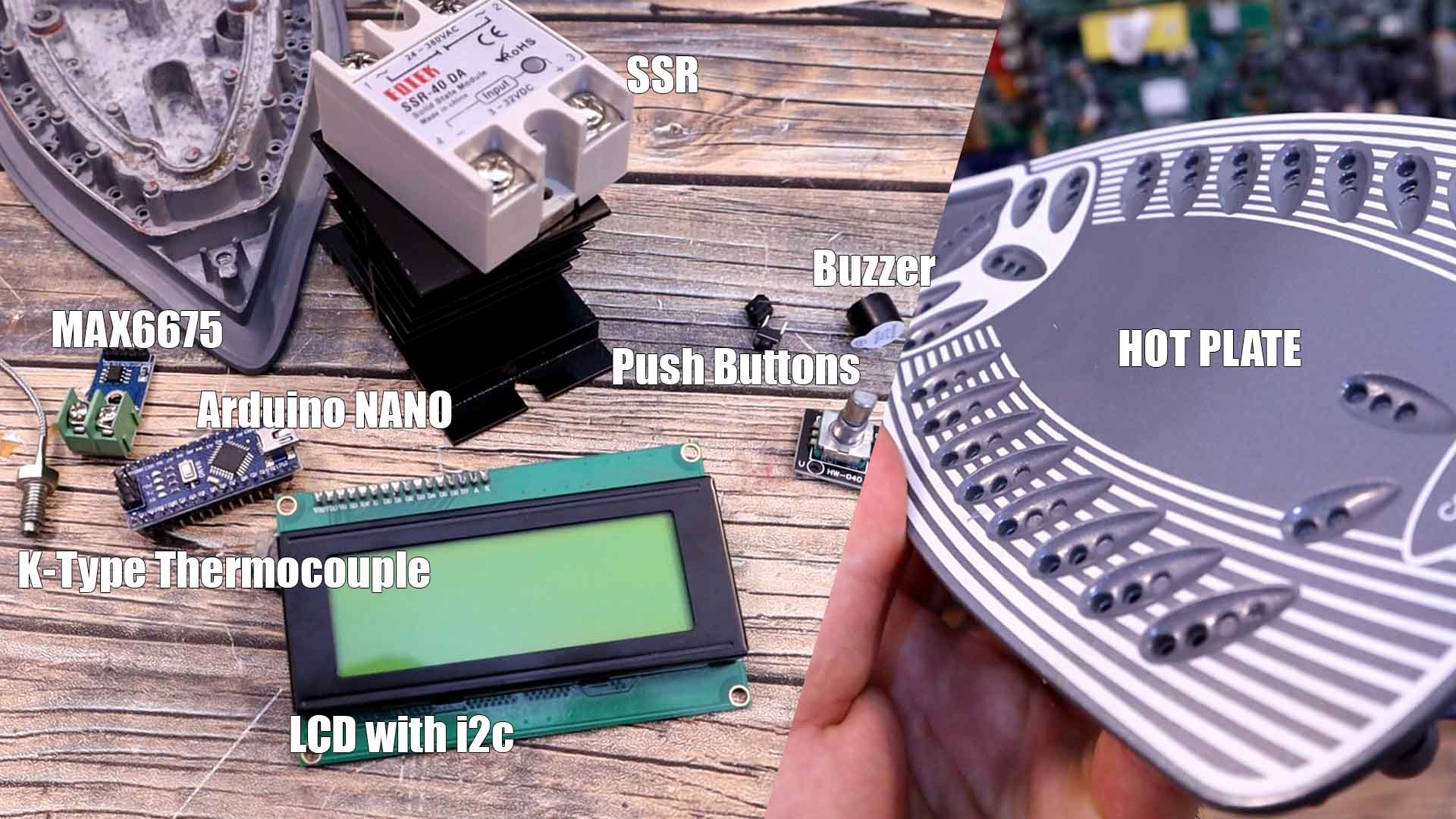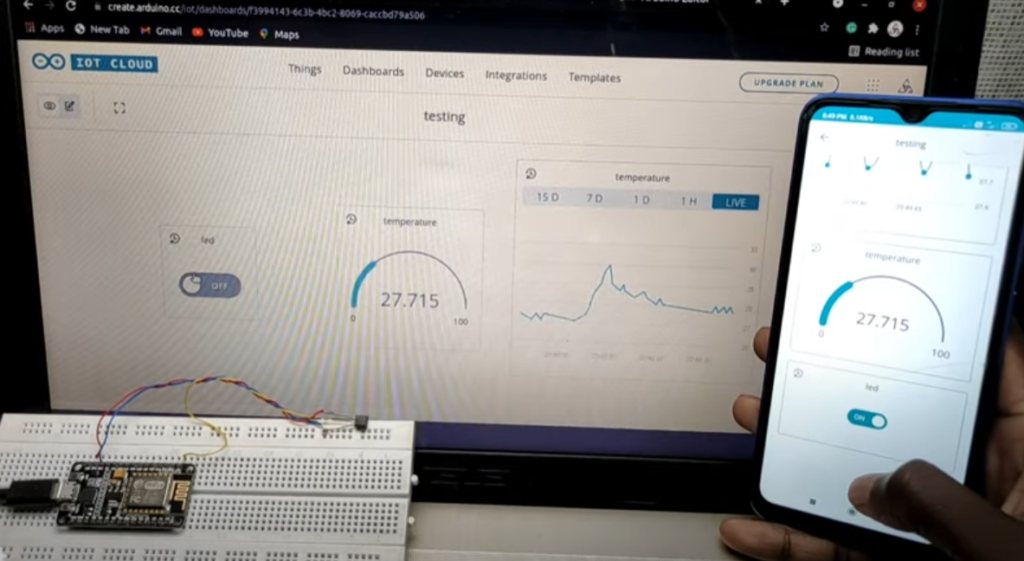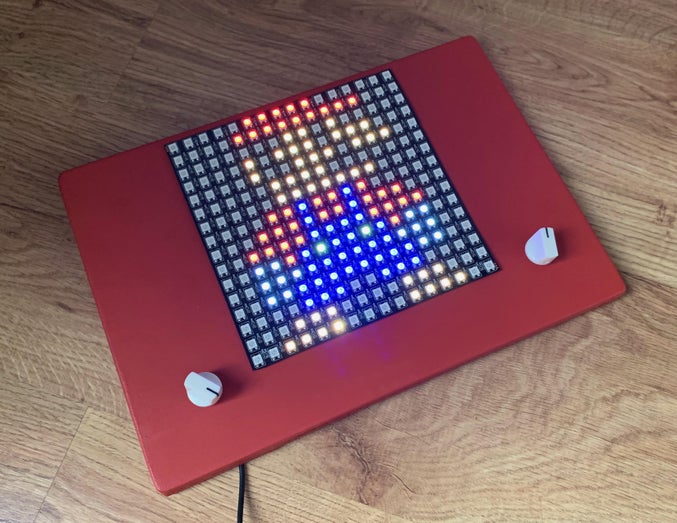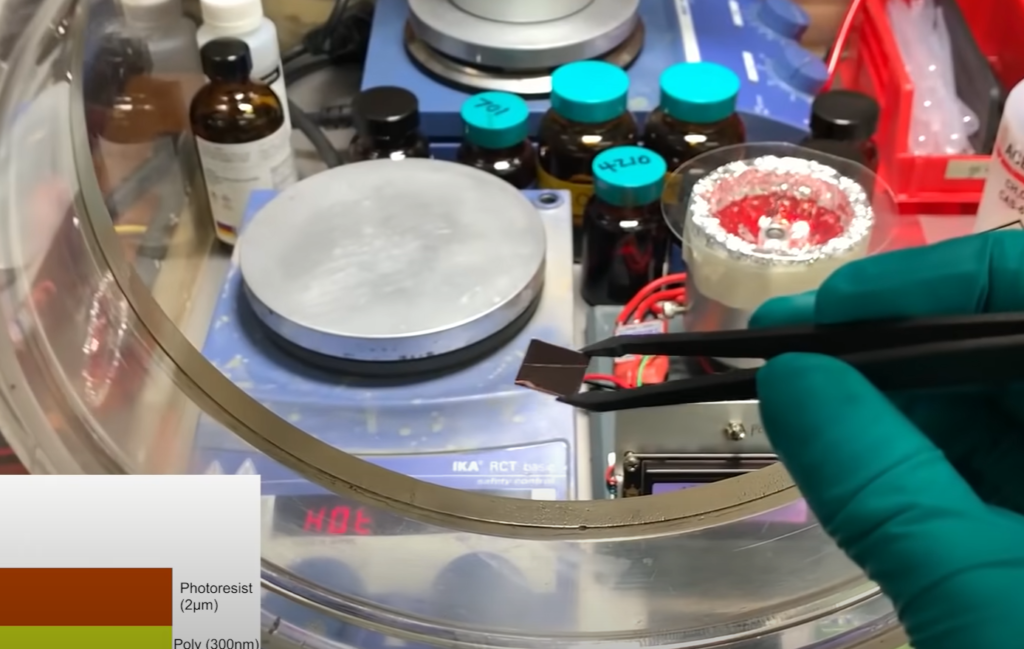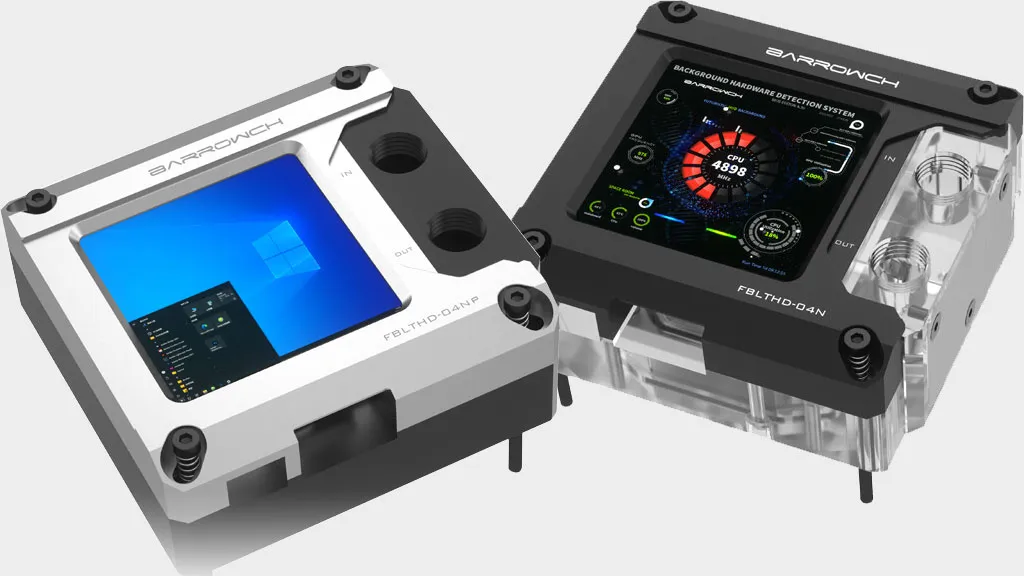The PySpectrometer allows users to measure homemade dye lasers’ wavelength and perform spectroscopy on the cheap.
Les Wright developed PySpectrometer, a Python (OpenCV and Tkinter) implementation of an optical spectrometer. The device enables users to measure the wavelength of homemade dye lasers and perform spectroscopy at an affordable cost.


